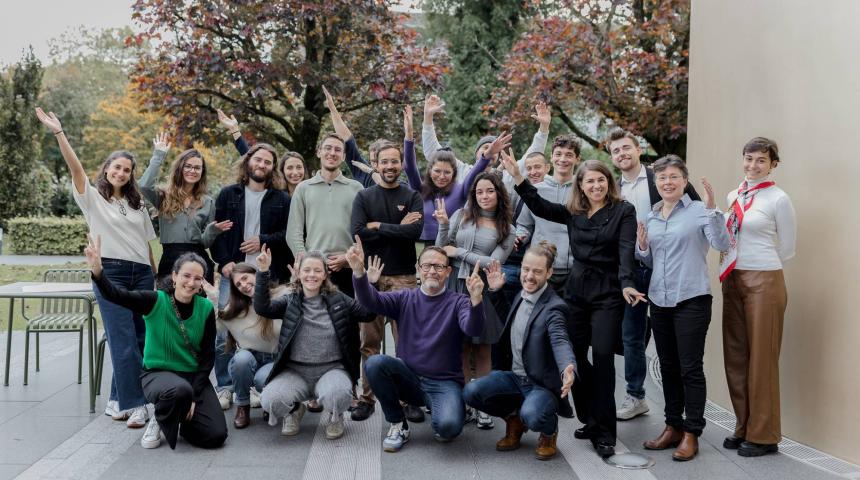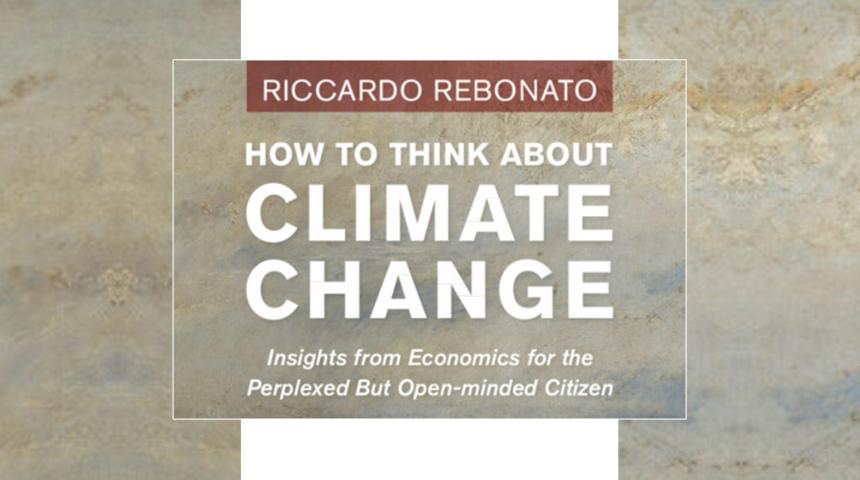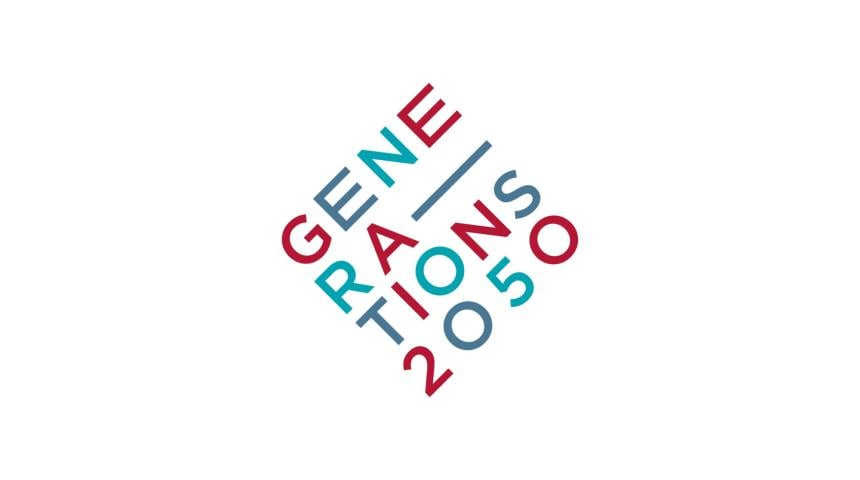Tim Bollerslev
"At Duke, I teach in both executive education and doctoral programmes. at EDHEC the students are a nice mix of the two as they had both a great academic interest in finance and real experience from the field – this was perfect for me since I strive to do academic research that is in sync with the industry"

At Duke, I teach in both executive education and doctoral programmes. Here the students are a nice mix of the two as they had both a great academic interest in finance and real experience from the field – this was perfect for me since I strive to do academic research that is in sync with the industry
Foreword: Professor Bollerslev is best known for generalising the autoregressive conditional heteroscedasticity (ARCH) approach put forward by his PhD supervisor Robert Engle. When it bestowed the 2003 Nobel Prize in Economic Sciences on Professor Engle, the Royal Swedish Academy of Sciences described Professor Bollerslev’s GARCH model (1986) as “the model most often applied today.“ The GARCH model relates the variance of a model in the current period to the previous periods’ error terms and variances; as such, it makes it possible to recognise and model the time-varying nature of risk, a fact of financial time series.
What have you been doing in terms of research since you advanced the GARCH model?
Much of my research over the years has had to do with financial market volatility and how it changes over time, including the development of new and better statistical models explicitly designed to improve upon some of the deficiencies of the GARCH model. Volatility and risk are central to finance, and any empirical investigation, from asset allocation to risk management to option pricing that falsely assumes constant volatility runs the risk, no pun intended, of missing the most important effects that we see in the data. I have tried repeatedly to hammer on this point in many of my research papers.
Another research strand of mine has focused on the analysis of high-frequency intraday financial data. In the last ten years or so, intraday transactions data has started to become available for a host of different markets. Working at this level gives you the opportunity to look at what really happens and how prices change in response to new information. It’s like getting out a microscope and zooming in. For instance, studying the high-frequency impact of macroeconomic news announcements gives you a much better understanding of how financial markets and the real economy are actually linked. Going back to my interest in volatility modelling and forecasting, high-frequency data also allows you to construct much better volatility measurements.
Intuitively, suppose that the opening and the closing price of an asset are the same. This zero, or flat return day could very well mask a lot of intraday variation. The new realised volatility measure that I have been working on correctly identifies the true volatility and its various components without relying on any modelling assumptions. Related to this, I have also been working quite a bit on trying to understand the differences between these actual volatility measures and the way the market prices volatility, as embedded within option prices. It turns out that there is a lot of interesting information about notions of risk aversion and even return predictability sitting in that wedge.
How is the elective course you taught in the programme related to your research?
The course reviewed twenty years of research into volatility and correlation modelling, starting with ARCH/GARCH models and their extensions, then looking at higher moments, Value at Risk and extreme value theory, discussing multivariate volatility models and correlations as well as stochastic volatility models, then moving to high-frequency data and volatility modelling and realised volatilities. We covered the most current and popular methods and a number of their practical applications in asset and options pricing, portfolio allocation, risk measurement and management, as well as volatility trading. We also touched upon a number of important outstanding research questions.
Does the course have particular relevance in the wake of the financial crisis?
Certainly – the recent turmoil has underscored that risk varies over time, often widely; coming to grips with the time-varying nature of volatility is crucial and the tools we introduced in the classroom equip students to do just that.
As part of the programme’s doctoral workshop series, you presented a working paper (Stock Return Predictability and Variance Risk Premia: Statistical Inference and International Evidence) that looks at information in the variance risk premium; could you describe its key results?
Recent empirical evidence suggests that the variance risk premium i.e., the difference between options implied and actual realised return variation, predicts aggregate stock market returns, with the predictability especially strong at intermediate quarterly horizons.
Our paper demonstrates that statistical finite sample biases in the overlapping return regressions underlying these findings can not “explain” this apparent predictability and that the inclusion of more recent data spanning the financial crises only strengthens the results. Further corroborating the existing empirical evidence pertaining to the U.S., we show that country-specific regressions for France, Germany, Japan, Switzerland and the U.K. result in quite similar, albeit not as significant, return predictability patterns. Defining a “global” variance risk premium, we uncover even stronger predictability and almost identical cross-country patterns through the use of panel regressions that effectively restrict the compensation for world-wide variance risk to be the same across countries.
Why did you choose to become an affiliate faculty member of the programme right from inception in 2008?
Initially, I was excited by the new approach to doctoral studies promoted by EDHEC-Risk Institute and curious to find out how the programme would fare… When the reception proved to be impressive, I was looking forward to teaching in the programme. Other contributing factors were the opportunity to come back to Europe from time to time – I am Danish – and of course the chance to talk to René Garcia, whom I have known and met regularly for some fifteen years. When René was in Montreal, he was at the centre of a vibrant community of researchers in our field, which explains why I would often travel to Quebec back then.
How would you describe your experience teaching in the programme to date?
I was a bit concerned for the students at first because this course is typically taught over a semester and giving it in an intensive mode makes it more challenging: as things build up and the material is quite technical, it is easy to fall behind. The students who took this course in Europe and Asia were very engaged and, I think, rose to the challenge. I have met very interesting groups and I enjoyed teaching to EDHEC PhD students very much. I also enjoyed contributing to the dissertation committee of one of the first programme graduates.
Are these students different from those you are used to?
At Duke, I teach in both executive education and doctoral programmes. Here the students are a nice mix of the two as they had both a great academic interest in finance and real experience from the field – this was perfect for me since I strive to do academic research that is in sync with the industry.
What advice would you give to PhD students?
This is probably going to sound lame but students should pursue research they like as opposed to researching something that sells: go where you heart is, do not be too strategic – it should be fun!



